Taxi Drivers in Xalapa Are on the Job in One of the Most Dangerous Cars Ever Made
The notorious Nissan Tsuru has long been the city’s de facto taxi. Now, change is coming for the vehicles, and for the people who drive them.
Roberto Villanueva glances in the rearview mirror of his taxi as he turns onto a side street heading toward Macuiltépetl, an ecological reserve on a mountain in the center of Xalapa. He’s been driving a cab here in the state capital of Veracruz, Mexico, for 35 years, and has most routes through the city committed to memory. “Almost muscle memory,” he says.
That’s no small feat in Xalapa, a sprawling, hilly city of 750,000. Xalapa’s streets evolved centuries before automobiles and are full of abrupt turns, unpredictable name changes, and nine-way intersections. Taxi drivers are expert guides to this urban maze, providing a service that bridges private and public transportation. As he passes a hospital, Villanueva says he regularly takes people there; in Xalapa, hailing a taxi is often much quicker than calling an ambulance.
Taxi drivers are vital to the city’s residents, but the job’s challenges can be as daunting as navigating its convoluted streets. The economy, the ongoing pandemic, and the whims of local politicians have thrown up a range of obstacles for taxi drivers to overcome—all from behind the wheel of a Nissan Tsuru, Mexico’s de facto taxi and one of the most dangerous cars ever made.
Villanueva’s Tsuru idles at the entrance to Macuiltépetl. His passenger passes coins through an opening in a plastic sheet—a makeshift anti-virus barrier—and he counts them before giving a quick nod over his shoulder. Then he follows another Tsuru taxi around the corner and out of sight, already in search of the next fare.

Hundreds more of the taxis congregate around a traffic circle on the southwest side of Xalapa. The location, known as Los Sauces, is one of the region’s major transit hubs. The circle and adjacent streets are lined with bus stops, small shops, and food stalls, giving drivers a chance to catch a quick bite of picaditas—Veracruz’s beloved, saucy tortillas—while waiting for fares. They’ll take passengers wherever they need to go, whether elsewhere in the city, a remote mountain town, or a different state entirely.
The increasing willingness to take longer journeys reflects how the job is changing. Xalapa’s veteran drivers remember when the profession could support a family and set a driver up for retirement; the limited number of available taxi licenses meant a driver leaving the profession could make a hefty sum selling his concession to the next generation. But the halcyon days of driving a cab are gone. They ended with the 2004 election of Fidel Herrera Beltrán as the center-right Partido Revolucionario Institucional (PRI)-affiliated governor of Veracruz, says Lorena López, a sociologist working for the Mexican government who has studied taxi driving in Veracruz extensively.
The Beltrán administration essentially privatized the taxi licensure process by allowing a variety of businesses to sell simplified taxi permits to the public at a lower cost than an official government concession, a move the administration said would provide more jobs and stimulate the economy. The result was an oversaturation of the market. According to one government report, the total number of taxis in the state of Veracruz went from 17,000 to 75,000 in 20 years. That figure has only increased since the report’s release, thanks to factors such as cheaper concession prices in response to competition from Uber and other app-based transport services, López says. Today, Xalapa and the surrounding towns have as many cabs as New York City—but less than a tenth of the population.
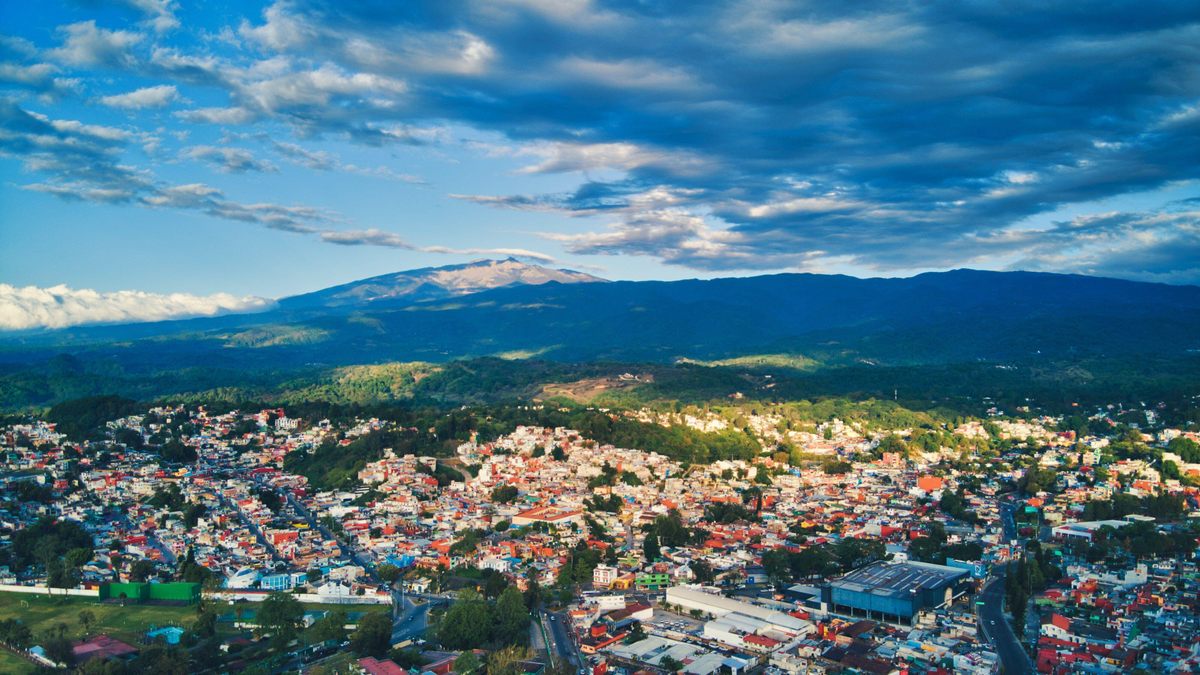
Much of what little money taxi drivers do make is gobbled up by daily expenses. Fare prices are set by the regional government but are not updated frequently; most fares are under 100 pesos, or about $5. Gas prices continue to climb above $4 per gallon, and most cab drivers belong to sindicatos, or unions, which require $10-15 per day for use of a vehicle, on top of membership dues. Given the large numbers of drivers cruising the city, “sometimes it costs less money just to stay home and not work,” says a driver who gives his name as Arturo.
For most drivers, not working isn’t an option, and they will be on the road for 16 hours a day, seven days a week. Eating on the go, not going to the bathroom, and barely sleeping means many drivers develop high blood pressure and heart and kidney problems, López says. Other occupational hazards include robberies and hijackings, standard risks for taxi drivers around the world. On top of all these challenges, the Tsuru presents its own unique danger.
The Tsuru (“crane” in Japanese) is a small four-door sedan introduced to Mexico in 1984 and essentially unchanged since 1991. It was designed without crumple zone protection, airbags, anti-lock brakes, or stability control—a deliberate choice in an apparent attempt to keep costs low, thereby providing a greater percentage of the population with access to cars.
“Is the Tsuru cheap? Yes. Reliable? Yes. Safe? Definitely not,” says driver Oscar Ortega with a grim laugh. He pats his Tsuru’s dashboard, in gratitude or prayer, as he speeds down a section of the busy freeway that curves around Xalapa.
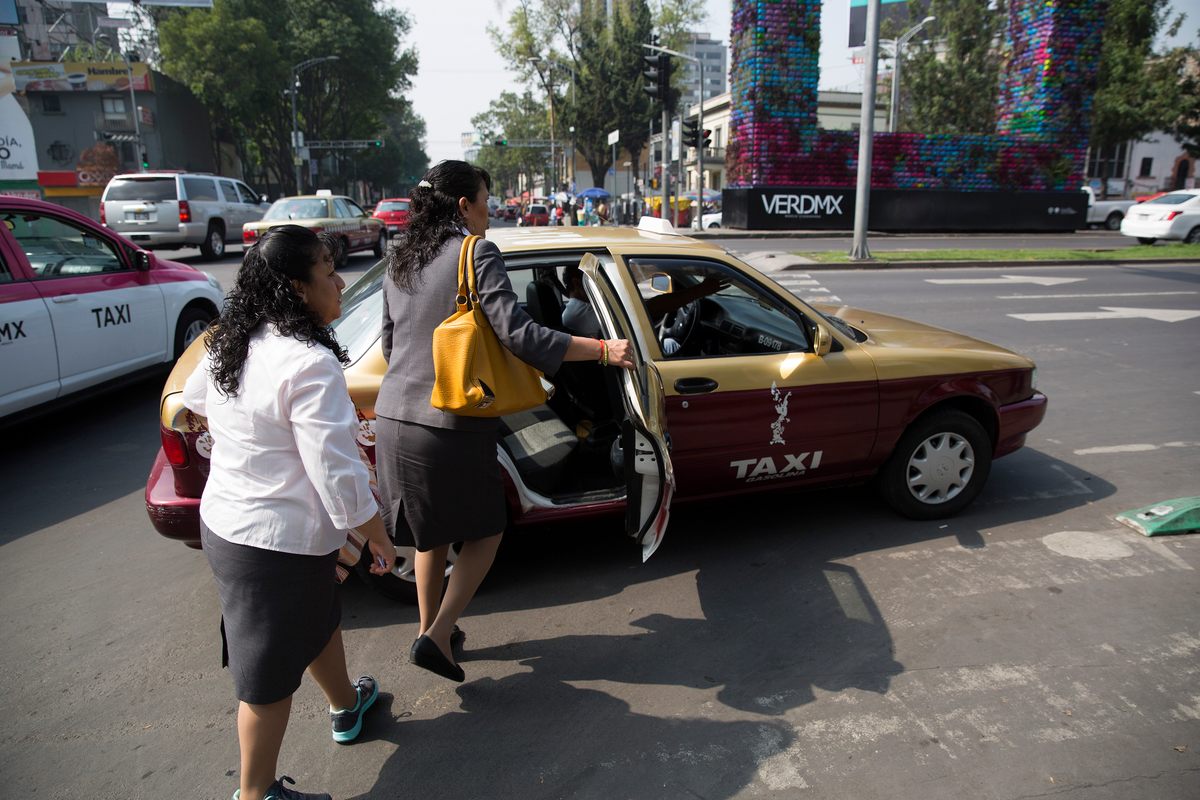
The model’s reliability and ease of repair helped the Tsuru overtake the Volkswagen Beetle as the Mexican taxi of choice by the mid-1990s. More than 2.4 million Tsurus were sold over the course of its lifetime.
In 2016, a crash test video showed a 2015 Tsuru colliding with a 2016 Nissan Versa. The Tsuru imploded so violently that the viewer feels sorry for the crash test dummy inside. The Latin New Car Assessment Program (LNCAP), the consumer advocacy group that conducted the crash, awarded the Tsuru a zero-star safety rating and provided data showing more than 4,100 people died in Tsuru accidents in Mexico between 2012 and 2017.
The importance of the automotive industry to Mexico’s economy has historically made lawmakers ambivalent about requiring stricter safety standards, but LNCAP’s Alejandro Furas, secretary-general of its New Car Assessment Program, feels the startling crash test footage helped move the conversation forward. The same day that LNCAP announced it would crash-test the Tsuru, Nissan stated the notorious model would be retired by May 2017. Furas says this was long overdue, especially considering how many taxis on Mexico’s streets and highways are Tsurus.
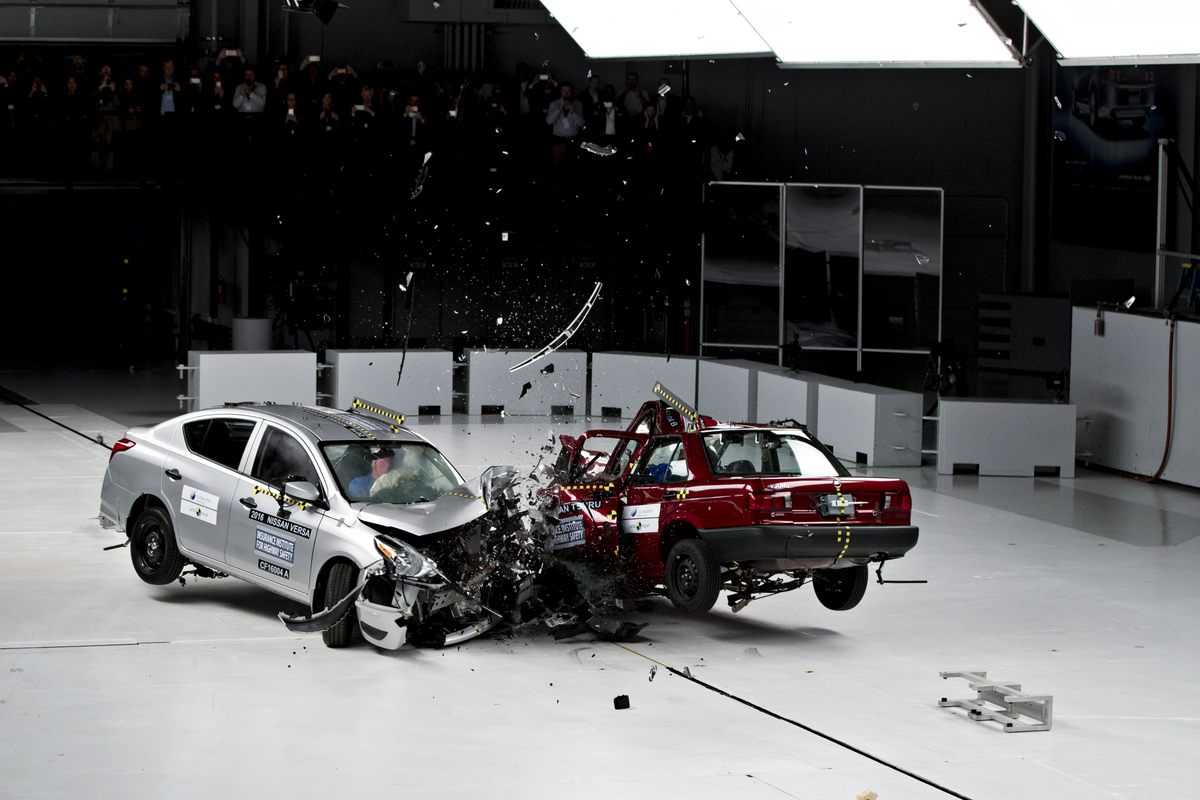
“The drivers are under pressure because they have to bring food to their families,” Furas says. “Taxi driving is a job—having a safe [place to work] should be an important part of it.”
Around the same time, the state of Veracruz decreed that no taxi could be more than 10 years old. The Nissan Tsuru, last built in 2017, will technically be illegal to use as a taxi in 2027.
Retiring the Tsuru means a new chapter in the long history of Xalapa’s taxi drivers. Hopefully, the change will mean that fewer drivers and passengers will be injured or killed. But upgrading to a safer vehicle will be a financial barrier for many, perhaps turning people away from the profession, reducing the number of drivers, and restoring the balance between supply and demand.
Xalapeño mechanic Mauro Hernández Rodríguez stands on Calle Lázaro Cárdenas, the street in front of his shop. He assesses each car as it passes, including a few Nissan Marches and Chevy Sparks, which are already emerging as the city’s next generation of taxis. Hernández Rodríguez scoffs at how expensive yet unimpressive these models are. “The Tsuru is a workhorse,” he says. “Other cars only work best when they are going downhill!”
Most of the vehicles that pass by Hernández Rodríguez’s shop are Tsurus, including half a dozen taxis. Typical for Xalapa’s cabs, most of them carry some personal touch to make the driver’s home on wheels feel more like, well, home.
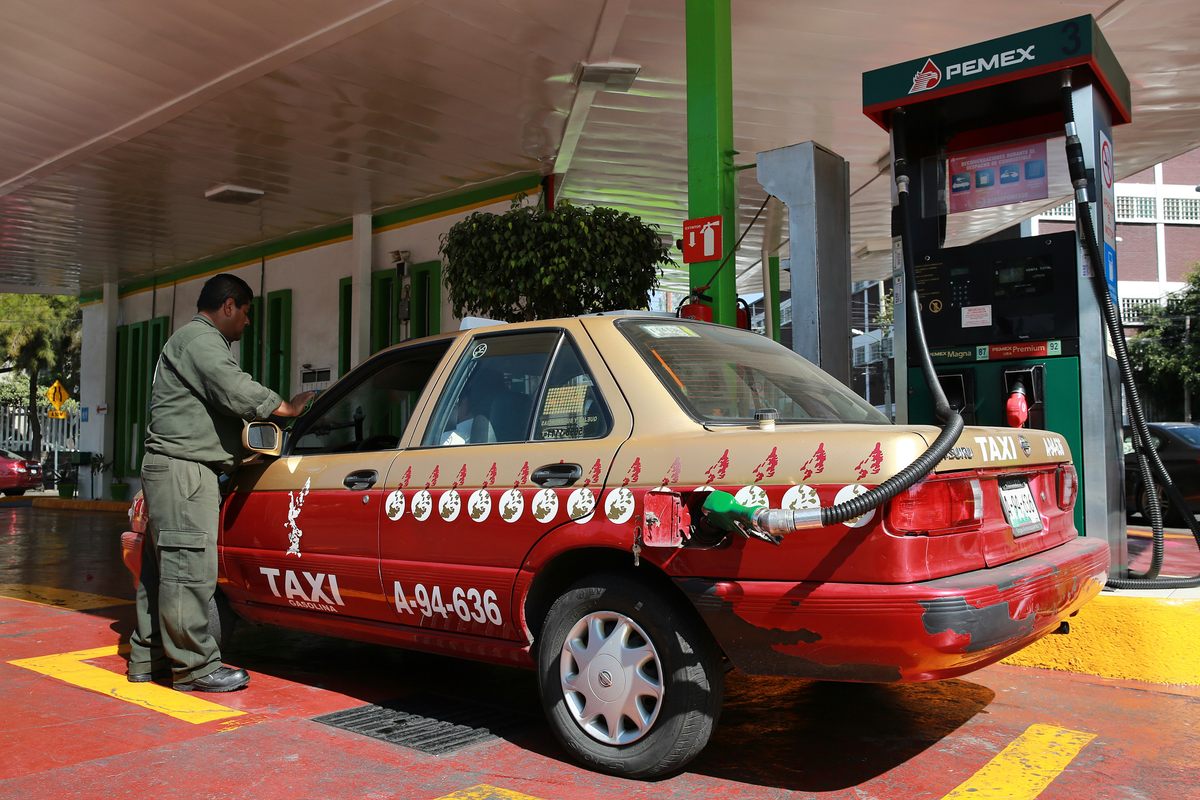
Across the city, drivers add party lights, family photos, or figurines of saints—one Tsuru was even spotted with a Batmobile steering wheel knock-off. The personalization speaks to the drivers’ fondness for the Tsuru, and for the job itself. Villanueva and other drivers talk of the sense of freedom their profession affords, especially those days when the sun is out, the windows are down, and the fares are steady. The Tsuru taxis, like their drivers, aren’t going anywhere anytime soon—except on their usual journeys throughout the city.






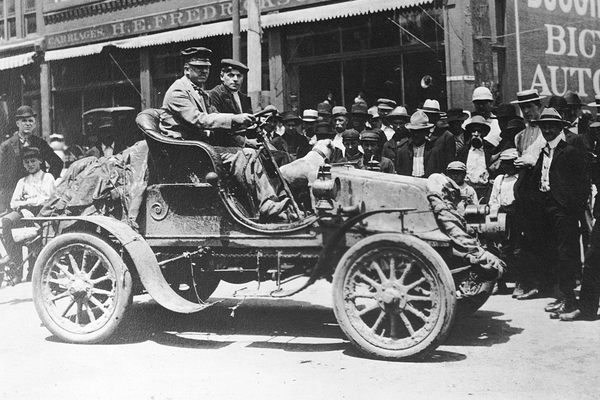







Follow us on Twitter to get the latest on the world's hidden wonders.
Like us on Facebook to get the latest on the world's hidden wonders.
Follow us on Twitter Like us on Facebook